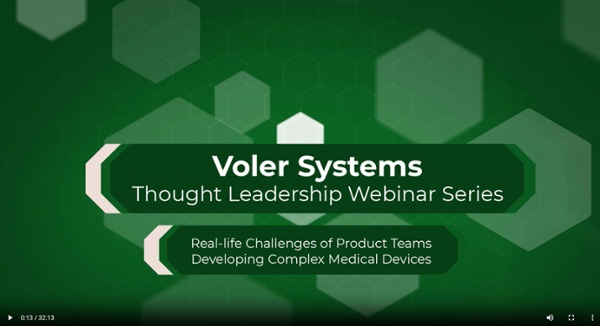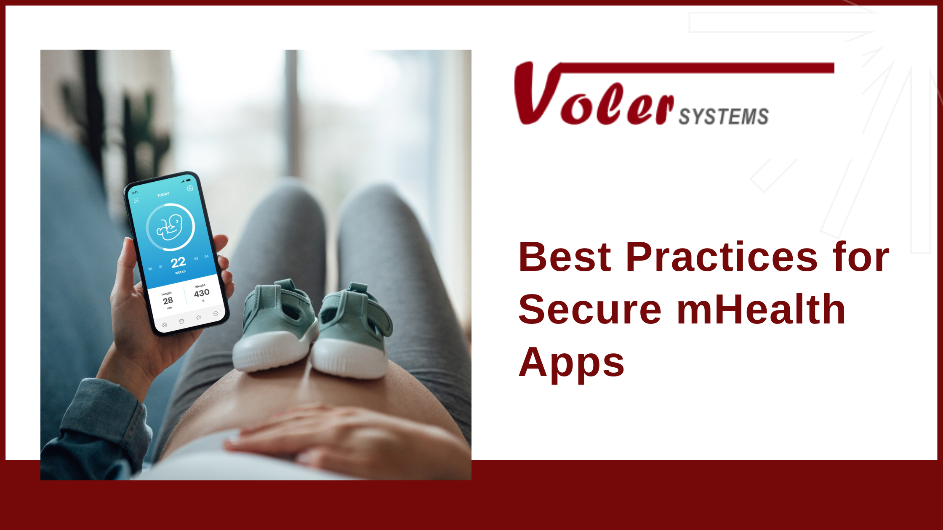

The challenges that product development teams and leadership face have to do with more than just technology. Complex medical devices take longer to develop, have bigger teams, and require a wider variety of expertise than developing simpler products.
Hear from a panel of medical device experts about how to address these problems, about the successes and failures that they’ve experienced, and about how to give every product team the best chance for success.
Speakers:
- Russ Singleton, President of Russ Singleton Consulting
- Aaron Joseph, Principal Consultant for Sunstone Pilot
- Walt Maclay, President of Voler Systems


Breakthrough Augmented Reality Glasses Developed in Less Than a Year
Customer Introduction
A startup company was entering the rapidly growing market for AR glasses. It had strong software skills but little hardware experience.
Problem/Goal
- Needed a company with strong skills in electronic design for wearable devices.
The AR glasses included an integrated wearable computer with the ability to do facial, voice, and hand gesture recognition.
- Designed for portability while still including all necessary components and features.
The glasses needed to be compact and lightweight, offering high-quality display and powerful computing capabilities.


Best Practices for Secure Mobile Health Apps
Despite their growing adoption, many mHealth apps include major security and privacy risks. A NowSecure benchmark analysis of 595 mHealth apps found 97% of the set had security risks, while 69% had privacy risks.
Concerns about mHealth application security and privacy risks have grown so much that Congress voted to turn the U.S. Food and Drug Administration (FDA) non-binding cybersecurity guidelines into laws starting October 1, 2023. After this date, medical device manufacturers (MDMs) and health care delivery organizations (HDOs) must follow FDA requirements to ensure their products meet a reasonable level of safety from cyber threats.
mHealth App Breaches on the Rise
In recent years we’ve seen how mHealth app security and privacy vulnerabilities impact organizations and their users...


Learn more about IoT data transmission, the various communication standards, and the changes coming in the future at my talk at Sensors Converge on June 22.
Voler's Walt Maclay will dive into 5G’s impact on IoT and wearable devices on Thursday, June 22, at 10:10 am PDT in Grand Ballroom G.
Use code MACLAY for $100 off your All-Access Pass or a FREE Expo Hall Pass. Take advantage of the discount by registering today!
https://www.sensorsconverge.com/sensorsconvergecom/register
Abstract of Walt Maclay's Talk at the Event
5G is being heavily promoted to make IoT better, but 5G is focused on high data rates and low latency, which is not needed for most IoT applications. The frequency bands used by 5G are:
- Low-band, Below 1 GHz
- Mid-band, 1-6 GHz
- High-band, 6-86 GHz
There are services in 4G or LTE (CAT-M and NB-IoT) that have now been adopted as part of 5G. They offer low band width wide area communication at low power. At 100 bps, they can transmit directly to a cell tower at a power level that is about 20 times lower than a standard 5G modem. They are compatible with 5G and are promised to co-exist with 5G for many years. For IoT applications that have low data rates, CAT-M and NB-IoT are the preferred choice.

Voler has helped many premier clients turn device ideas into reality. Whether you are looking for Medical Device or Wearable Technologies, Industrial IoT Device Designs, Electronic Support, Hardware/Firmware/Software, Wireless, Sensors, Motion Control, Microprocessors or FPGA Development, Voler can help you along the journey – always with a focus on keeping risks low, and keeping projects on-time, on-budget, and easy to manufacture.